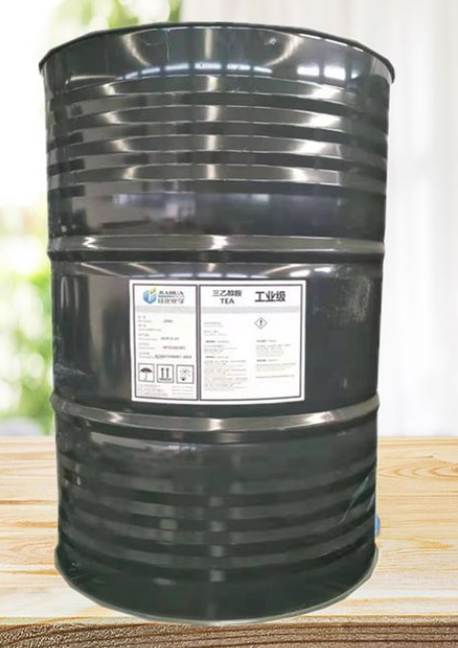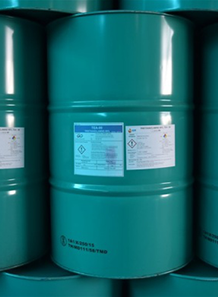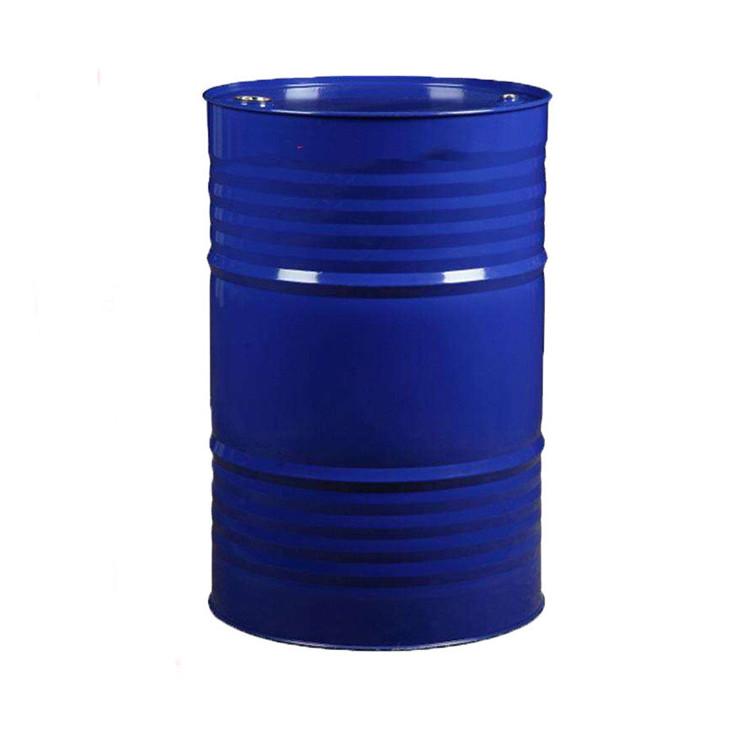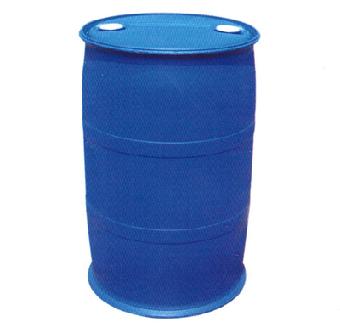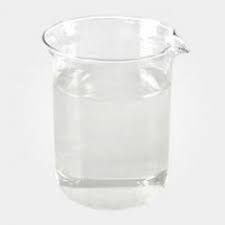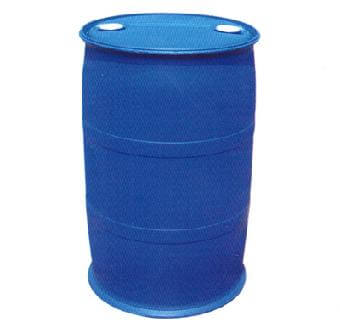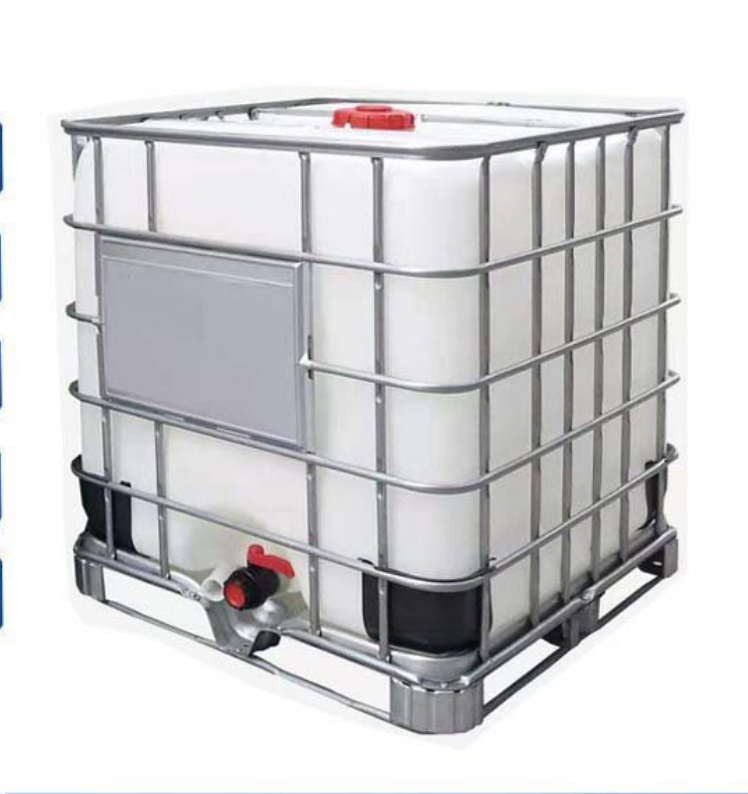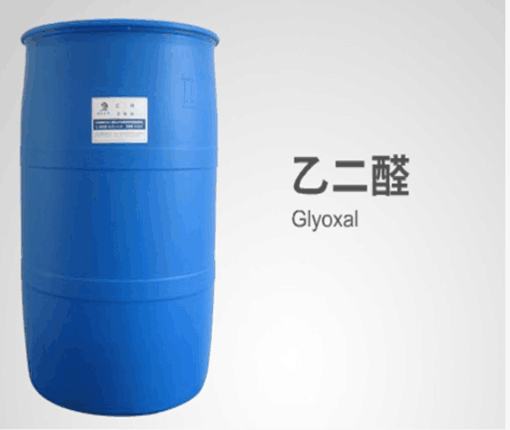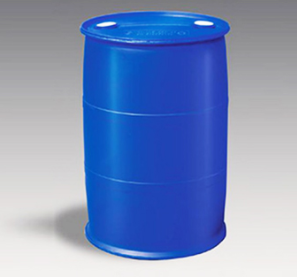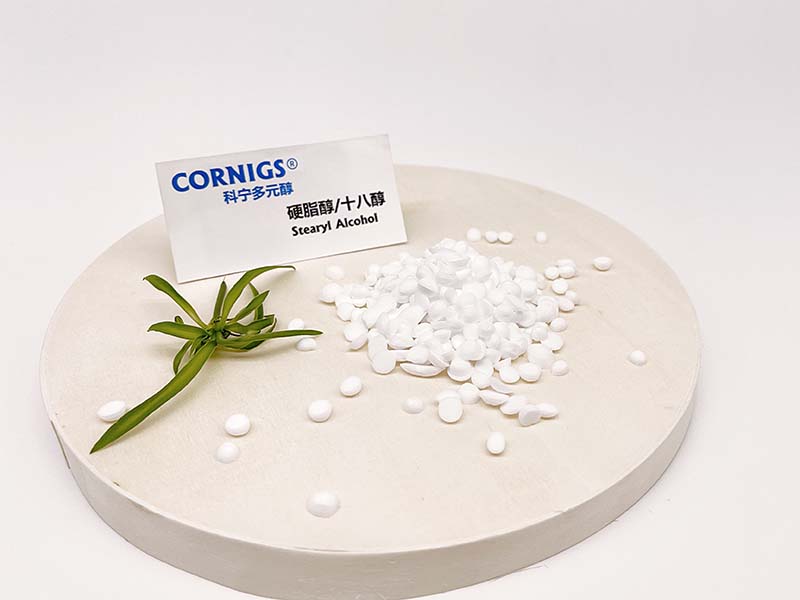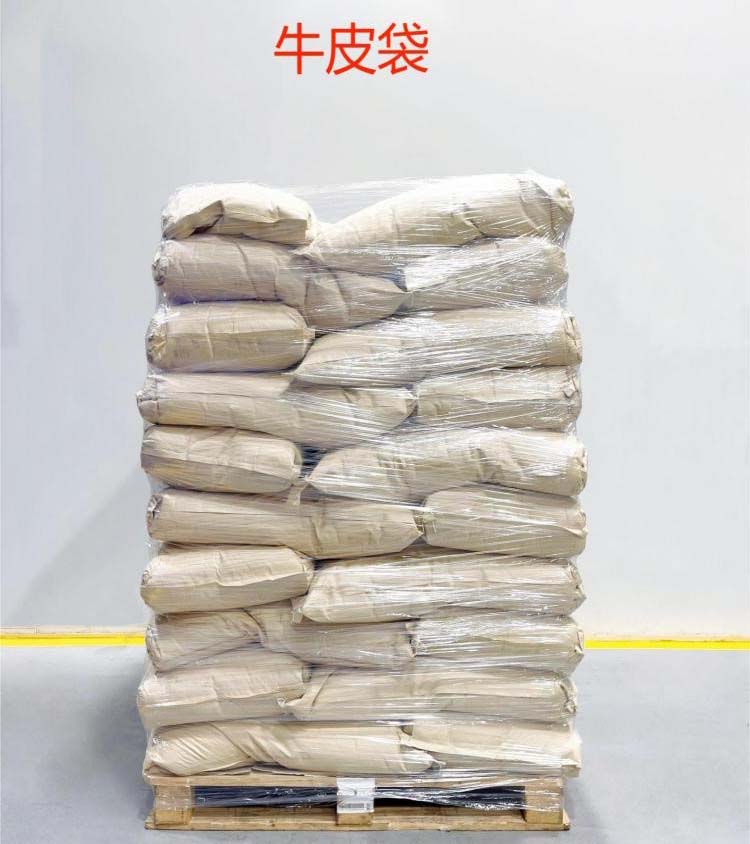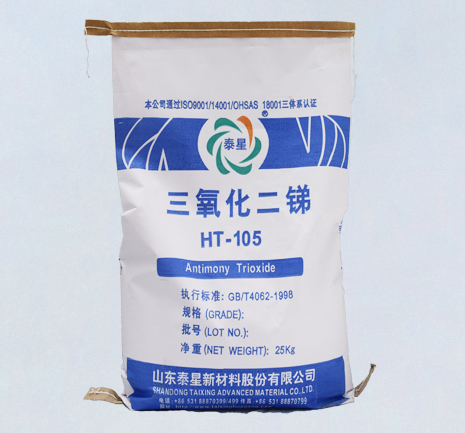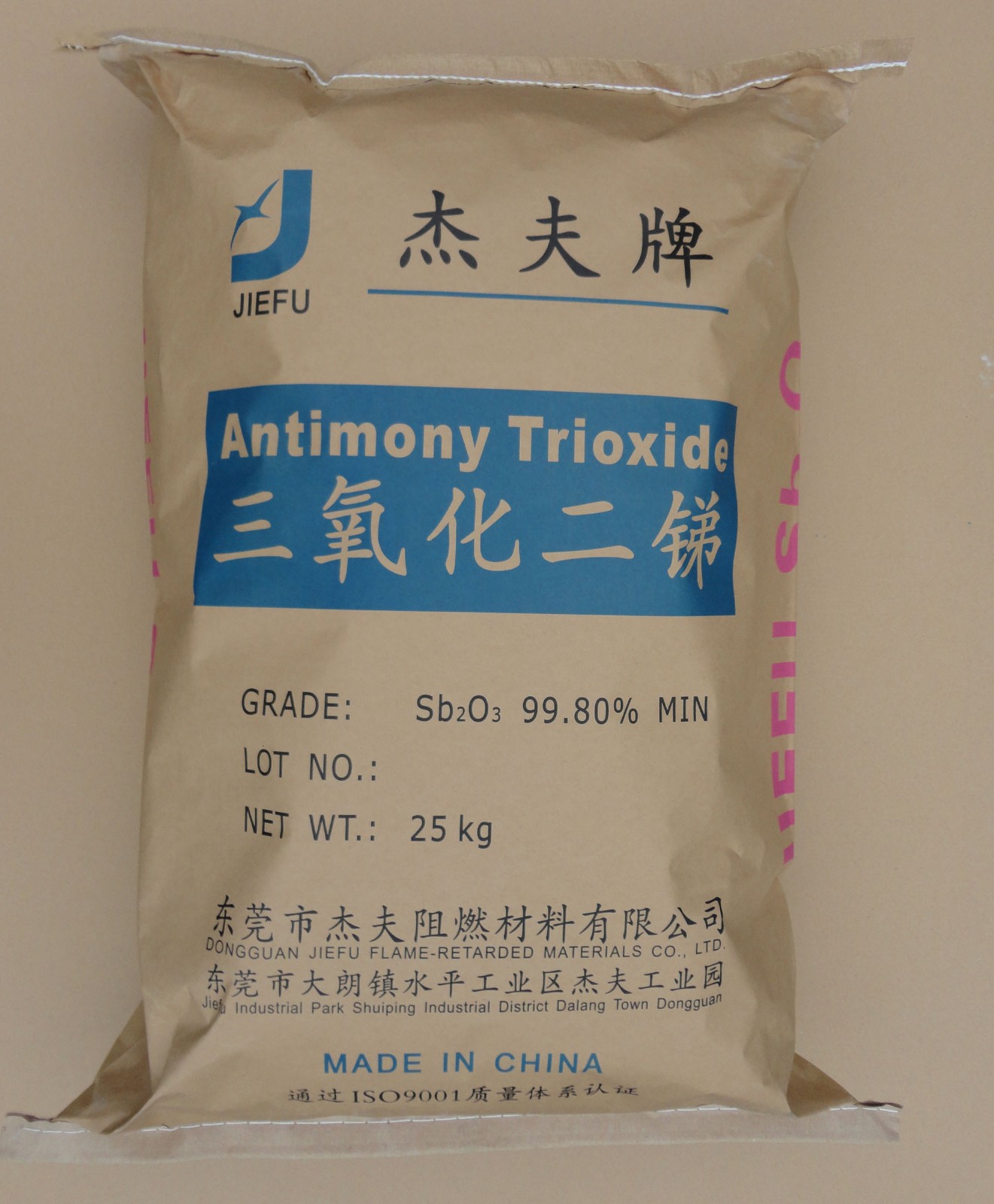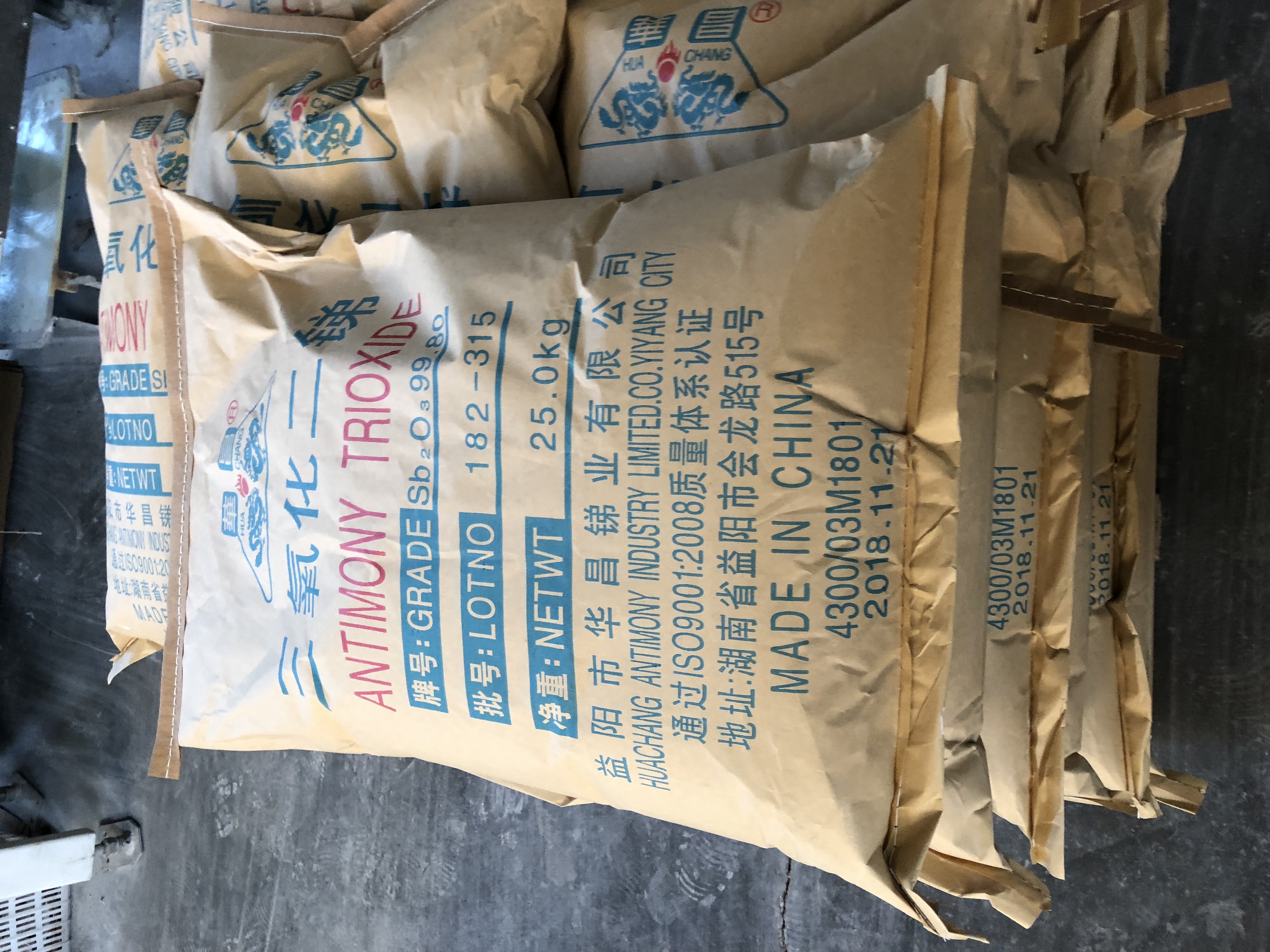CAS:102-71-6
Molecular Formula:C6H15NO3
Alias
More Information
2,2',2''-Nitrilotriethanol; Trolamine; 2-[Bis-(2-Hydroxy-Ethyl)-Amino]-Ethanol; Trietanolamin; Tris(2-Hydroxyethyl)Amine; TEA; Triethnoalmailnes; Trienthanolamine; 102716; Triethanolamine South Africa Suppliers
Brief Introduction
This product is used as a synergist and insecticide for the condensation of glycosidic bonds in sugar chemistry. Emulsifier, solvent, corrosion inhibitor.
Suppliers
View More Vendors (3) >
CAS:106-94-5
Molecular Formula:C3H7Br
Alias
More Information
1,3-Br-Propane; N-C3H7Br; 1-Bromopropane, Reagent (1 Lt Pvc); 1-Bromopropane For Synthesis; N-Propylbromide(Bromopropane); Bromo Propane; 1-Bromo Propane; Propyl Bromide; N-Propyl Bromide; 1-Brompropan; 1-Bromopropan; 1-Bromo-Propan; 1-Propyl Bromide; Propane, 1-Bromo-; N-Propyl; Propylbromid; Brompropan; Bromopropane; N Propyl Bromide; N -Proply Bromide; 1 Bromo Propane; 1-Bromo-Propane
Brief Introduction
1-bromopropane is used as an organic synthetic raw material for the synthesis of organophosphorus insecticides, such as thioprophosphor, propylthiophosphate, propabromophosphorus, etc., as well as in medicine, dye and spice industry, and as raw material of Grignard reagent, it can be used in the manufacture of pharmaceuticals, pesticides, dyes and spices in the pharmaceutical, pesticide, dye and perfume industry, It is also used as raw material of Grignard reagent, intermediate of drug propylthiothiamine and propionacid.
Suppliers
View More Vendors (3) >
CAS:107-22-2
Molecular Formula:C2H2O2
Alias
More Information
Odix; Glyoxale; Ethanedial; Oxalaldehyde; Biformyl; Diformal; Diformyl; Oxal; Biformal; Qxalie Aldehyde
Brief Introduction
Colorless or yellow crystals or liquids with deliquescent properties. Soluble in ethanol and ether, soluble in water. It is chemically active and can undergo addition or condensation reactions with ammonia, amides, aldehydes, and carboxyl-containing compounds. Glyoxal is mainly used in the textile industry. As a fiber treatment agent, it can increase the shrinkage and wrinkle resistance of cotton, nylon and other fibers. It is a durable pressing finishing agent. In Japan, this use accounts for 80% of the total consumption of glyoxal. Glyoxal is an insoluble binder such as gelatin, animal glue, cheese, polyvinyl alcohol and starch. Glyoxal is also used in the leather industry and for making waterproof matches. Glyoxal is a raw material for organic synthesis. 2D-resin is obtained by heating and condensing acetaldehyde, urea and formaldehyde in the presence of sodium carbonate, which is used as fabric finishing agent; glyoxal reacts with formaldehyde and ammonium sulfate to synthesize imidazole, and then synthesize imidazole antifungal drug clotrimazole, Miconazole, etc.; Glyoxal and o-phenylenediamine cyclization to obtain benzopyrazine: it is an intermediate of the anti-tuberculosis drug pyrazinamide. Hydroxyphenyl acetic acid produced from glyoxal has been industrially produced in Japan and used as an intermediate for antibiotics and vitamin A series products. Glyoxal is also used in the synthesis of berberine hydrochloride and the sulfa drug sulfamethoxazine. It is also used in insecticides, deodorants, corpse preservatives, and sand curing agents.
Suppliers
View More Vendors (3) >
CAS:112-92-5
Molecular Formula:C18H38O
Alias
More Information
1-Octadecanol; Octadecan-1-Ol; Octadecyl Alcohol; 1-Hydroxyoctadecane
Brief Introduction
This product is often used to make surfactants, drugs and cosmetics. It is used as dispersant in pharmacy, cream and emulsifier in cosmetics. It is also used as rice field heat preservation agent, reservoir covering agent, defoamer, polishing agent, lubricant, etc. Octadecyl alcohol can be used in the production of leveling, resin and synthetic rubber, color film couplers, etc.
Suppliers
View More Vendors (3) >
CAS:1309-64-4
Molecular Formula:O3Sb2
Alias
More Information
Antimony(Iii) Oxide; Antimonous Oxide; Antimony Trioxide; Antimony(+3)Oxide; Antimony Oxide; Di-Antimony Trioxide; sb2o3
Brief Introduction
It is an excellent inorganic white pigment, which is mainly used for paint coloring, flame retardants for various resins, synthetic rubber, canvas, paper, coatings, catalysts for petrochemical industry and synthetic fibers, as well as mordants and opalescent agents. It is a raw material for the synthesis of antimony salts. It is used in enamel industry to increase the opacity and surface gloss of enamel. It is used as decolorizing agent instead of arsenite in glass industry.
Suppliers
View More Vendors (3) >
Inquiry (
10
/ 10
)
Clear All
Sign In
Error!

